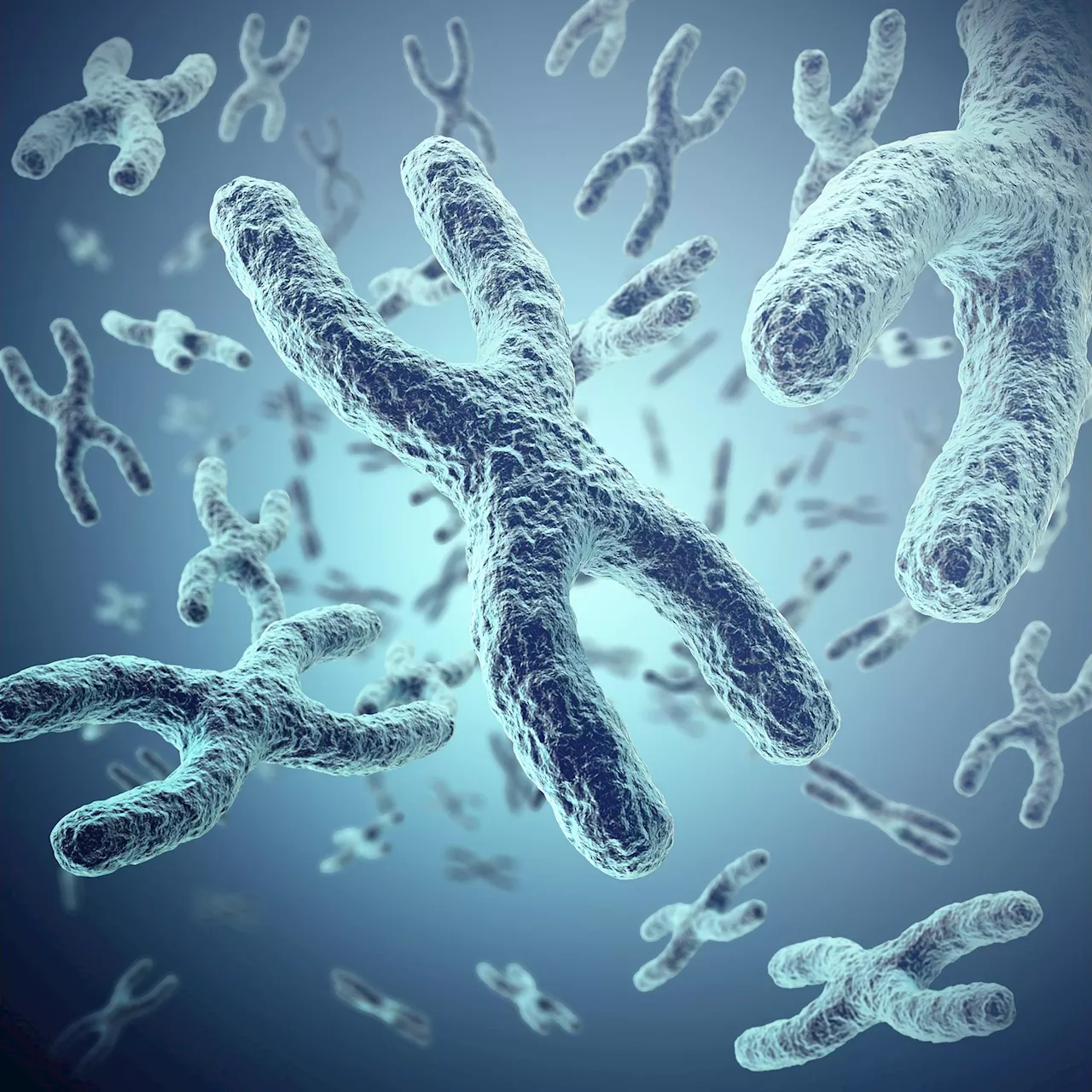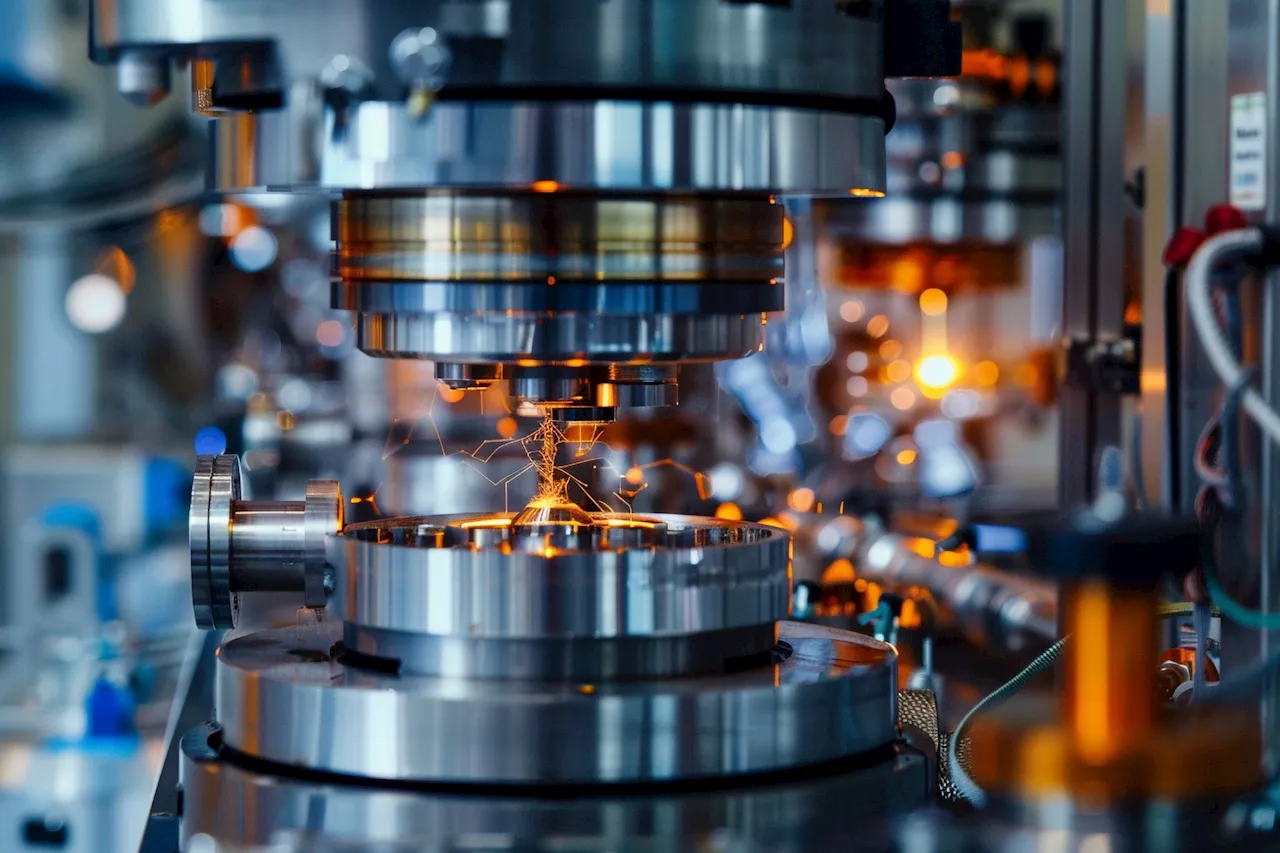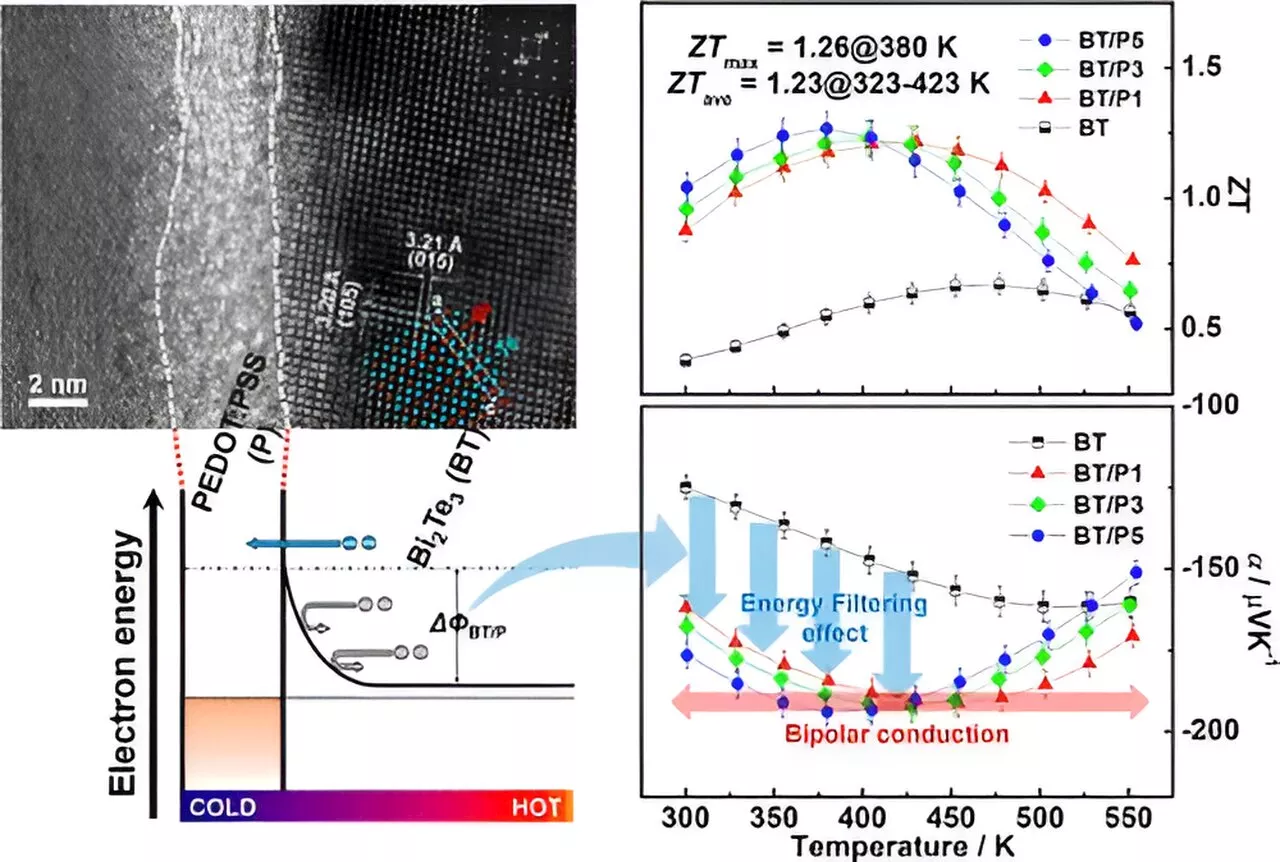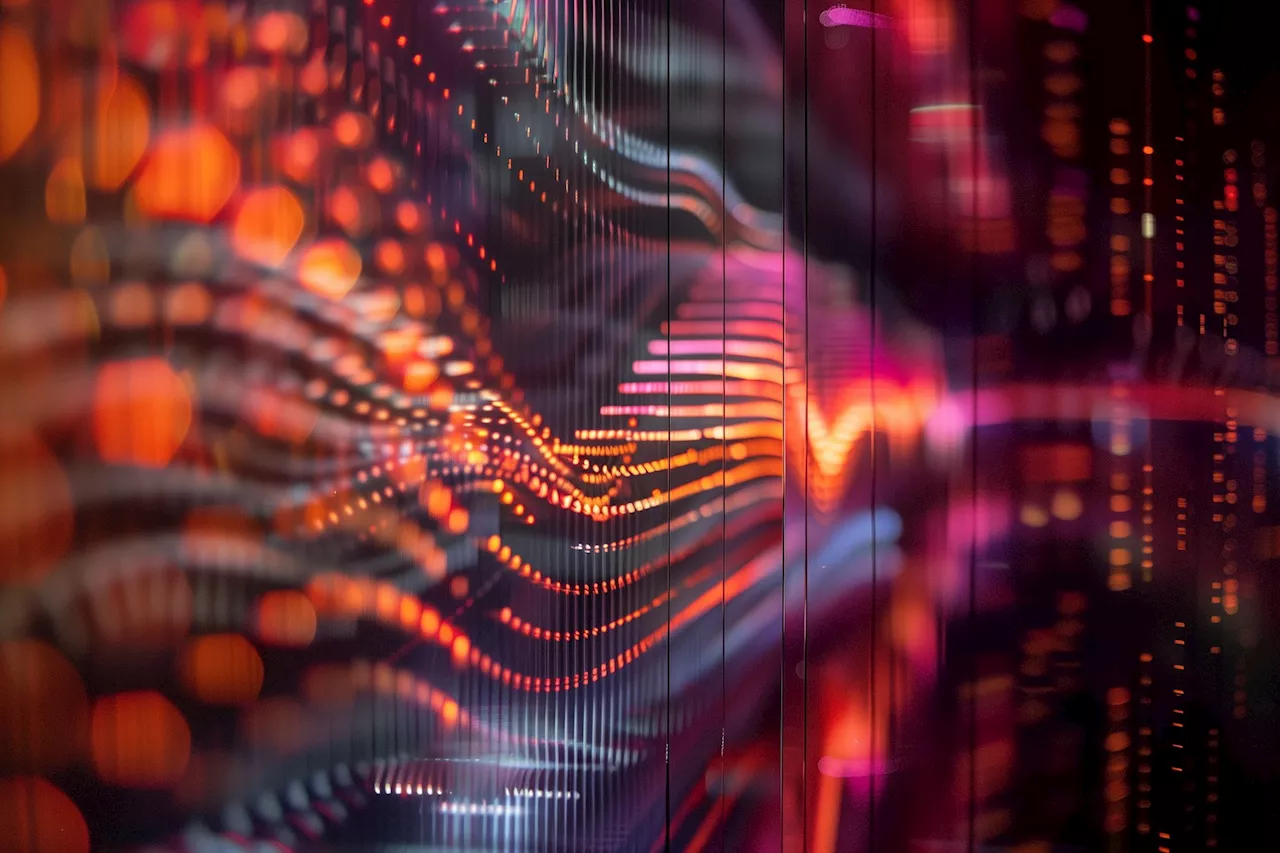A Japanese and French research team has developed a technique for connecting lab-grown brain-imitating tissue in a way that resembles circuits in our brains.
A Japanese and French research team has developed a technique for connecting lab-grown brain-imitating tissue. The most interesting part is that it has been done in a way that resembles circuits in our brains.It is challenging to study the exact mechanisms of brain development and functions. For example, brain cells grown in the lab tend to lack the characteristic connections of cells in the human brain.
Scientists from The University of Tokyo have discovered a way to make better connections between lab-grown “neural organoids.” These special tissues are created in experiments where human stem cells are grown into 3D structures to mimic brain development. They connected these organoids using axonal bundles, which are like bridges connecting different areas in a living human brain.
The cerebral organoids that were connected with axonal bundles showed more complex activity than single organoids. So the team stimulated the axonal bundles using a technique known as optogenetics. The organoid activity was altered accordingly and the organoids were affected by these changes. That lasted for some time and in a process that is known as plasticity. For example, plasticity is important because it helps researchers understand how brain-like structures respond and adapt to changes.
Brain Lab-Grown Tissue Neural Organoids Brain Development Brain Functions
United States Latest News, United States Headlines
Similar News:You can also read news stories similar to this one that we have collected from other news sources.
 Researchers introduce enhanced brain signal analysis techniqueResearchers have introduced a new, refined method for analyzing brain signals, enhancing our understanding of brain functionality. This research has the potential to improve treatments for neurological conditions such as Parkinson's disease, pain, epilepsy and depression.
Researchers introduce enhanced brain signal analysis techniqueResearchers have introduced a new, refined method for analyzing brain signals, enhancing our understanding of brain functionality. This research has the potential to improve treatments for neurological conditions such as Parkinson's disease, pain, epilepsy and depression.
Read more »
 – Scientists Develop Novel Technique To Form Human Artificial ChromosomesScience, Space and Technology News 2024
– Scientists Develop Novel Technique To Form Human Artificial ChromosomesScience, Space and Technology News 2024
Read more »
 Quantum Leap in Material Science: Researchers Unveil AI-Powered Atomic Fabrication TechniqueScience, Space and Technology News 2024
Quantum Leap in Material Science: Researchers Unveil AI-Powered Atomic Fabrication TechniqueScience, Space and Technology News 2024
Read more »
 Researchers develop a thermoelectric material with optimal cost, efficiency and flexibilityA research team has developed an inorganic-organic thermoelectric composite that promises competitive pricing while addressing efficiency and flexibility challenges in thermoelectric technology.
Researchers develop a thermoelectric material with optimal cost, efficiency and flexibilityA research team has developed an inorganic-organic thermoelectric composite that promises competitive pricing while addressing efficiency and flexibility challenges in thermoelectric technology.
Read more »
UTSA researchers develop way to enhance Webb Space Telescope imagesUniversity of Texas at San Antonio researchers developed a way to enhance images from the James Webb Space Telescope.
Read more »
 Stanford Researchers Develop Miniature Frequency Comb for Everyday ElectronicsStanford researchers have developed a new, miniature frequency comb that is highly energy-efficient and precise, potentially enabling its integration into everyday electronics for applications like medical diagnostics and environmental monitoring. This “microcomb” leverages thin film lithium niobate technology to overcome traditional limitations, offering a scalable solution for compact, low-power devices.
Stanford Researchers Develop Miniature Frequency Comb for Everyday ElectronicsStanford researchers have developed a new, miniature frequency comb that is highly energy-efficient and precise, potentially enabling its integration into everyday electronics for applications like medical diagnostics and environmental monitoring. This “microcomb” leverages thin film lithium niobate technology to overcome traditional limitations, offering a scalable solution for compact, low-power devices.
Read more »
